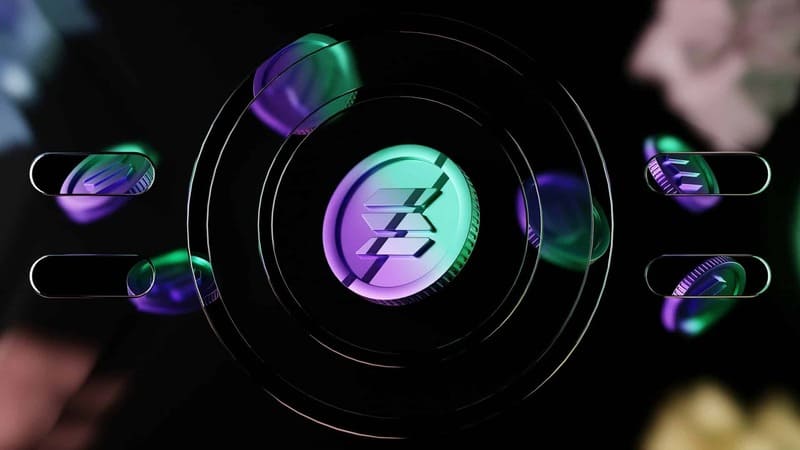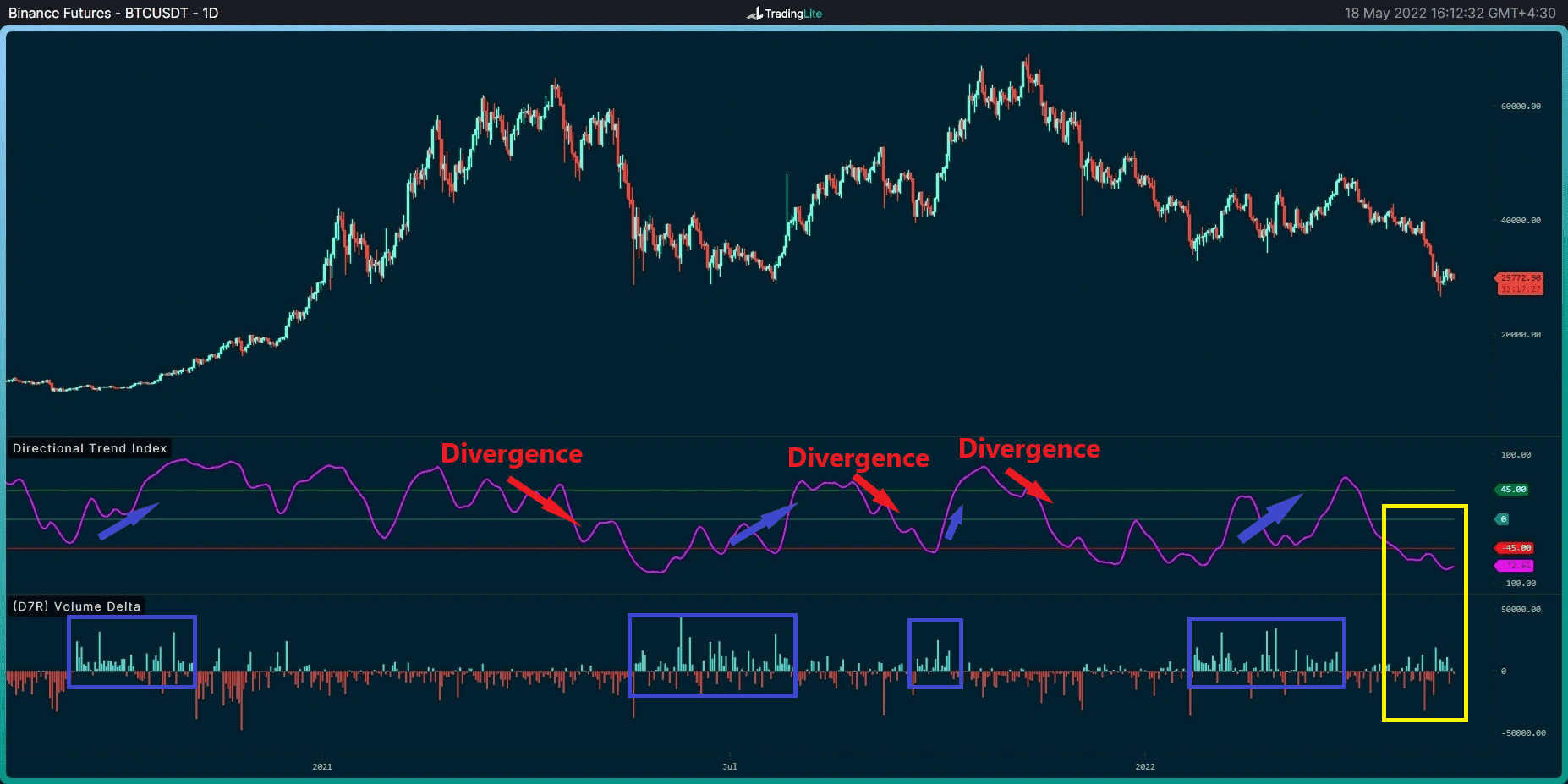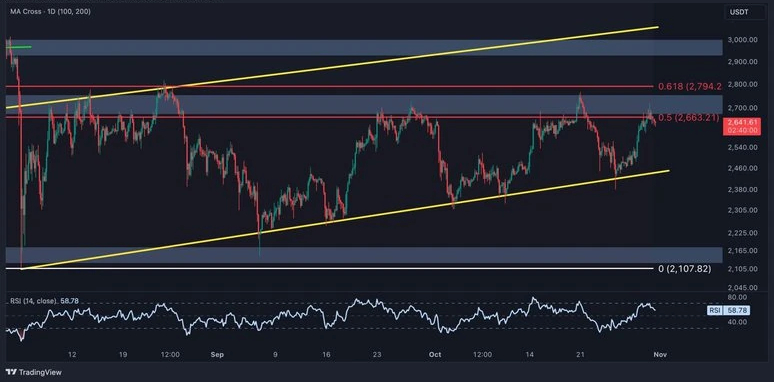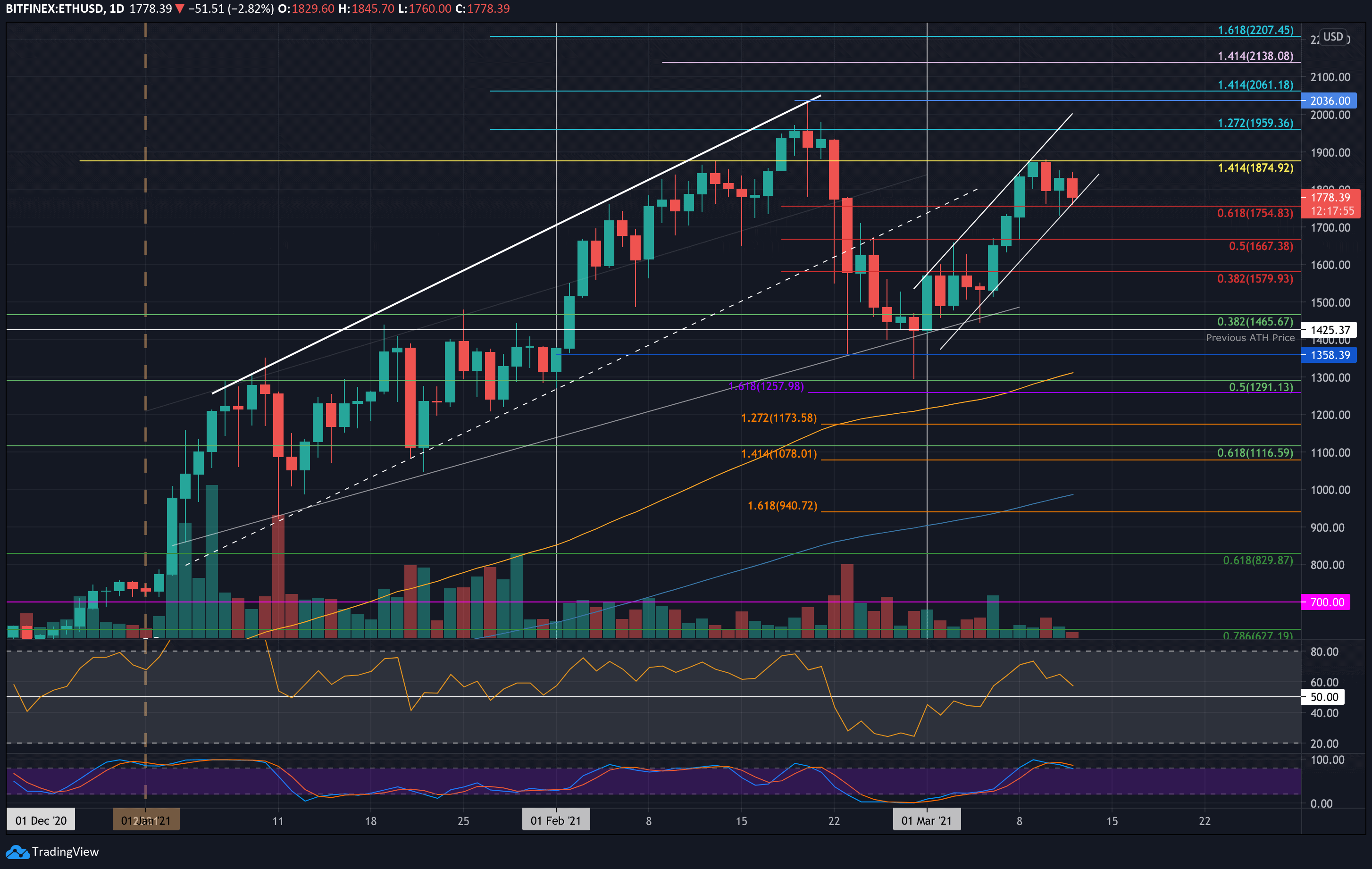
Proof of History (PoH) is a unique consensus mechanism developed by the Solana blockchain that enhances scalability and transaction throughput by using a verifiable delay function (VDF) to create a historical record of events in the blockchain. Unlike traditional consensus mechanisms like Proof of Work (PoW) or Proof of Stake (PoS), which rely on validators to agree on the state of the blockchain at specific points in time, PoH provides a way to timestamp transactions cryptographically, enabling the network to validate the order of events without needing to rely on external clocks or delays.
What is Proof of History?
Proof of History is essentially a cryptographic clock that creates a historical record of events to prove that they have occurred in a specific sequence. This eliminates the need for network participants to exchange messages and agree on the ordering of transactions, reducing the latency of consensus and increasing transaction throughput. The key feature of PoH is that it allows nodes to independently verify the passage of time between events and establish a globally agreed-upon order of events without needing to synchronize with one another constantly.
How Does Proof of History Work?
PoH works by generating a sequence of hash functions where each hash contains a timestamp that proves when the previous hash occurred in the sequence. This chain of hashes is embedded in the Solana blockchain, creating a continuous and verifiable history of transactions. In essence, PoH relies on a unique, deterministic, and sequential hashing process that builds a cryptographic record that can be checked by anyone to confirm the time order of events.
When a transaction is added to the Solana network, it is given a timestamp based on the hash output of the previous transaction. This timestamp is then recorded in the ledger, and the next transaction’s timestamp is calculated based on this, continuing the chain. This sequence allows the network to quickly validate transaction order without needing to use complex consensus protocols or time synchronization mechanisms like those found in Proof of Stake or Proof of Work systems.
The Role of Validators and the PoH Process
In a traditional Proof of Stake (PoS) system, validators compete to produce new blocks and reach consensus on the blockchain’s state. However, in Solana’s PoH system, the consensus process is much faster because the network has already agreed on the time order of transactions. Validators do not need to constantly vote on every transaction; instead, they use the Proof of History timestamps to ensure the integrity of the network and validate the legitimacy of blocks. Validators on the Solana network verify transactions based on the timestamp rather than repeatedly attempting to reach consensus on the time order of transactions.
Benefits of Proof of History
- Scalability: By reducing the need for time synchronization and validator communication, PoH increases the scalability of the blockchain, enabling the Solana network to process thousands of transactions per second (TPS).
- Lower Latency: PoH reduces the time required to verify transactions, making the process faster compared to traditional Proof of Work or Proof of Stake systems.
- Efficiency: The unique nature of PoH allows Solana to process transactions more efficiently, avoiding the bottlenecks that occur in other blockchain networks due to time synchronization and slow consensus processes.
- Security: The cryptographic nature of PoH ensures that once a transaction is validated, its timestamp cannot be altered or tampered with, providing a high level of security against fraud and manipulation.
- Less Energy Consumption: Unlike Proof of Work systems, which require significant computational power to solve complex cryptographic puzzles, PoH consumes significantly less energy, making it more environmentally friendly.
Comparison with Other Consensus Mechanisms
When compared to traditional consensus mechanisms like Proof of Work (PoW) and Proof of Stake (PoS), PoH offers several distinct advantages. For example, PoW requires miners to solve cryptographic puzzles, which takes time and consumes a lot of energy, whereas PoH leverages timestamps to create an efficient and scalable network. Proof of Stake, on the other hand, involves validators staking their tokens and agreeing on the state of the blockchain, but it can be slow to scale without the fast, verifiable history provided by PoH.
Use Cases of Proof of History
- Decentralized Finance (DeFi): PoH’s scalability and speed make it ideal for decentralized finance applications that require fast and secure transaction processing.
- Smart Contracts: Solana’s use of PoH enhances the performance of smart contracts by providing a quick and reliable way to validate transaction history.
- Non-Fungible Tokens (NFTs): PoH allows for the creation of NFTs on the Solana blockchain, where fast and verifiable transaction history ensures the authenticity of digital assets.
- Cross-Border Payments: PoH enables quicker and cheaper cross-border payments by removing bottlenecks in the transaction process, making Solana an attractive option for international remittances.
Proof of History is a revolutionary consensus mechanism that allows the Solana blockchain to scale efficiently while maintaining low latency, high security, and minimal energy consumption. By creating a verifiable history of events, PoH enhances transaction throughput and enables faster validation, making Solana one of the most promising blockchain platforms for decentralized applications, finance, and smart contracts. While PoH still faces challenges related to centralization risks and resource intensity, its unique approach to consensus positions it as a major player in the evolution of blockchain technology. As Solana’s ecosystem continues to grow, Proof of History will likely play an increasingly important role in shaping the future of decentralized systems.



